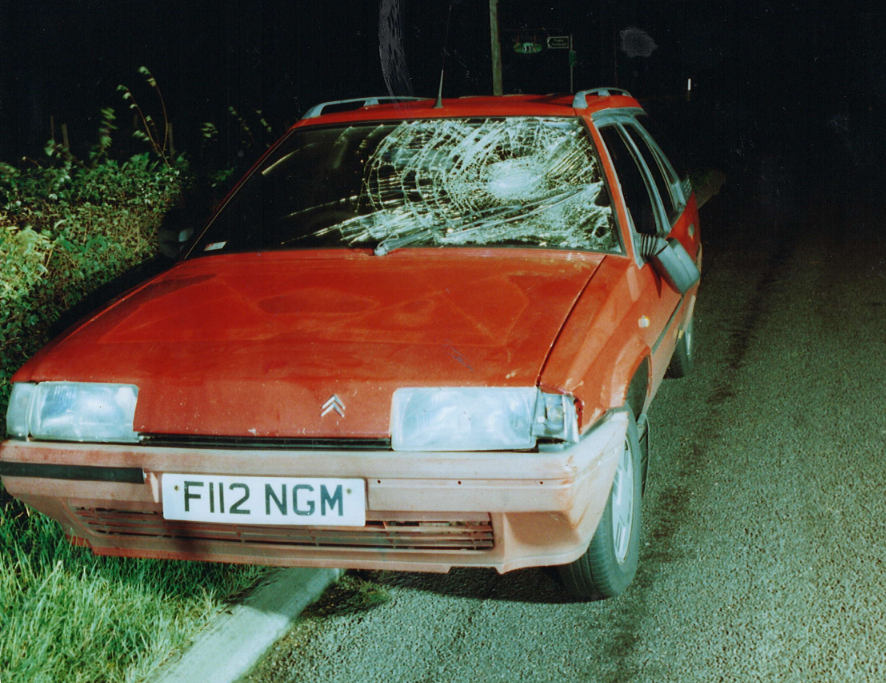If you think this is tedious: correct. But it explains why the personal injury claims sector isn’t all it once was.
Up to around 2013 claimants would usually receive whatever they were awarded or was negotiated for them in full without deductions. Now anything between 25% and 33% (plus vat) will be deducted by the law firm, sometimes with an After the Event Insurance (ATE) premium. Why? What happened?

The governments of the late 80’s and 90’s were set on replacing personal injury legal aid with an alternative which was called No win No fee (‘conditional fee’) agreements. (CFA)
These agreements allowed a law firm to claim a percentage uplift on its costs, the idea being to provide a fighting fund (for the law firm) which allowed it to risk losing a few cases, so that the claimant with a more ‘challenging’ case would not be denied access to justice. These were called Success Fees and could be recovered from the opponent (insurer) along with the ATE premium.
It was seen as a viable alternative to the Legal Aid scheme, to ensure access to justice without the State having to take the risk, which was delegated to the legal profession with insurers riding the cheque book.
Some lawyers made huge amounts from being able to effectively double their fees, but in practice many were willing to take on the more speculative cases because they could afford to lose a few.
The dark side, because there was so much cash swilling about, was the arrival of the Referrers, Case Management Companies, who inserted themselves as middle men, charging law firms anything up to £1000 per claim referred. We all remember the TV ads and cold calling.
Victims’ details leaked out of the NHS, the Police, car repair shops. And then there were the scam claims.

This went on until insurance lobbying persuaded the government to call a halt, which it did in 2013 and changed the rules so that the Success fees and ATE could not be recovered from the compensator. A scale of fees (Fixed Recoverable Costs) was introduced, capping the amount recoverable from the Compensator.
Game, Set and Match to the insurance industry. And unsurprisingly the injured victim lost out in many ways.
The promised reduction in insurance premiums as a consequence? Surely no-one fell for that?
You’ll find the story about what happened next in the Insider Knowledge page
